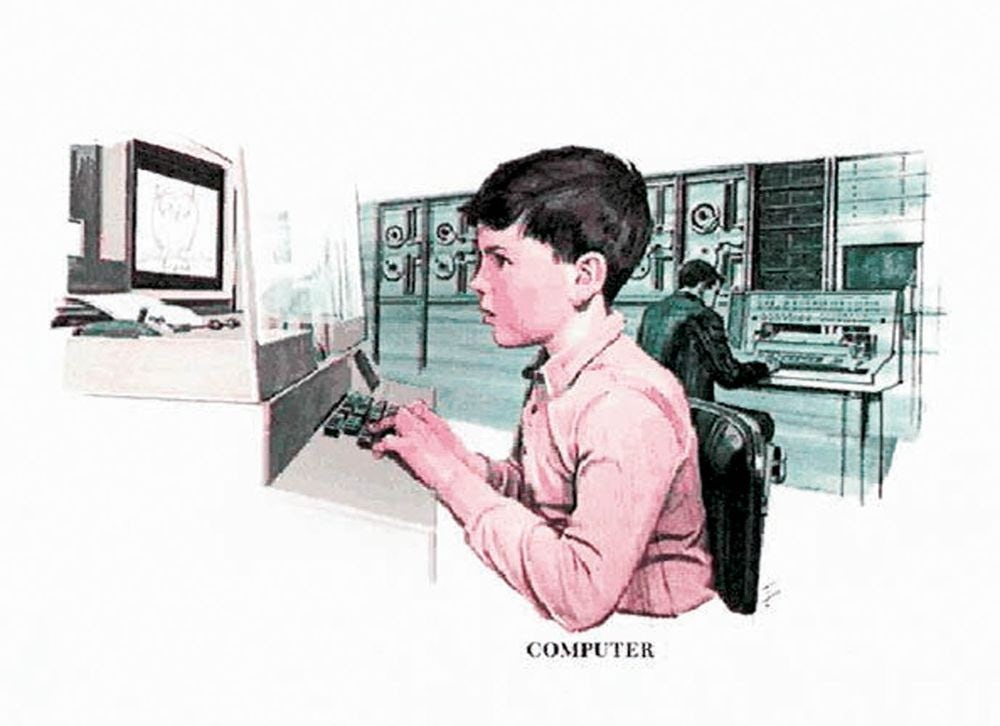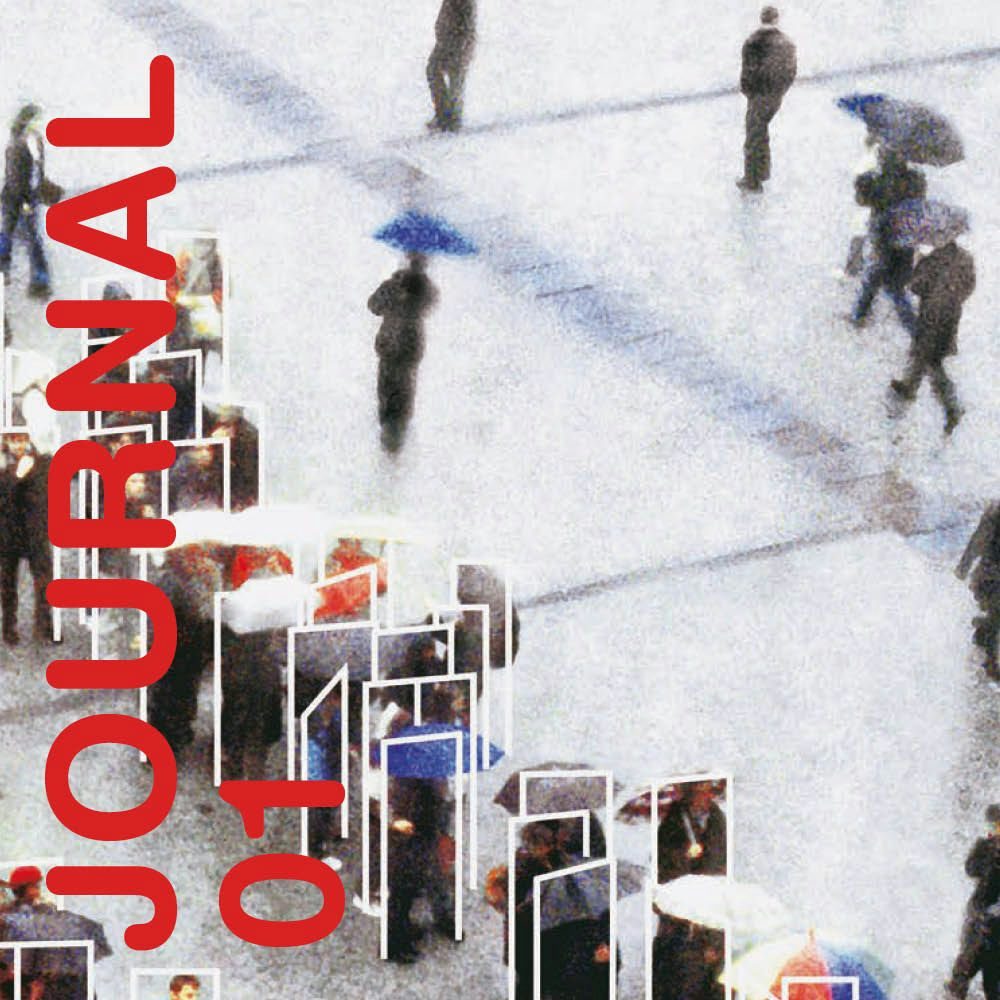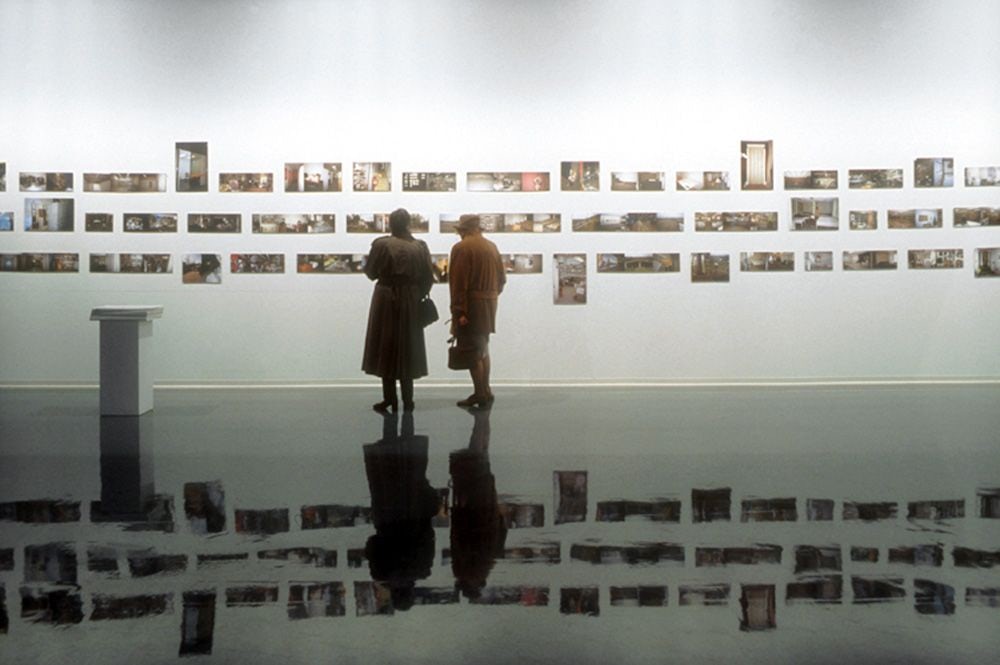
Life in Real Time. Quick Mode
2001.12.13 - 2002.03.03
ÉLÈNE TREMBLAY
The subjection of human beings and their environment to ever-increasing speed is not a new phenomenon, but in recent decades it has undergone astonishing acceleration. In fact, we no longer realize the point to which our lives are affected by the shaping of the urban space, the space of exchange, communications, and our working tools to meet the goal of favouring speed. Our relationship to time, space, and other people is constantly changing.
As Paul Virilio emphasized in Cybermonde, la politique du pire, the possibility of “real time,” which arose with the creation of the Internet and automatic stock-market quotes, provokes a proportional shrinking of territory and a disappearance of local time. Distant continents and their inhabitants appear to be within our grasp, and yet capital withdrawals and investments are done abstractly, to the detriment of recognition of how they affect populations. “Real time” eliminates time differences, discrepancies, and delays, and it subjects the entire world to the hegemony of the clock. Living without a schedule and all the technological tools available today, as a large part of humanity does, seems unimaginable to those who are engaged in the race against time. The hegemony of speed is established. Highways, concrete or electronic, allow rapid circulation of goods and information and, in this sense, are the truest allies of power.

Addressing the question of speed mainly through the lens of the still image may seem paradoxical. As photography was invented and popularized at about the same time as was the automobile, it seems to have wanted to arrest the increased motion caused by growing industrialization and urbanization. But its use by the masses, its rapidity of execution, and its omnipresence are playing an increasingly important role in the acceleration of the pace of consumption.
In both cities and cyberspace, the vertigo of numbers is combined with that of speed. Mega-stores, mega-parking lots, highways, e-business, home entertainment centres, cell phones, and portable computers are all tools and structures favouring speed at work and leisure alike. The stress caused by the pace to be sustained has become an acknowledged factor in daily life.
If we are getting more productive and efficient at work, our bodies are becoming immobile while our nervous systems are racing. Being able to do more in less time, however, does not leave us more free time. We have known for a long time that this old dream will never be realized. In fact, there is so little free time left in our days that we must consume, entertain ourselves, and inform ourselves at top speed. The crazy race to productivity and competitiveness overflows into all areas of human activity.
In this exhibition are works that highlight the issues of vertiginous speed and vertiginous numbers, a vertigo perceptible among the spaces and technologies created to house them as well as among their users. Into this oppressive, rapid, and dense world glimpsed in the works of Isabelle Grosse, Thomas Kneubühler, Matthias Hoch, and Dorion Berg slide the voices of Yudi Sewraj and Nicolas Baier, whose works propose a return to humanity, a counterpoint, a way out of the dizzying merry-go-round of life in accelerated mode.
